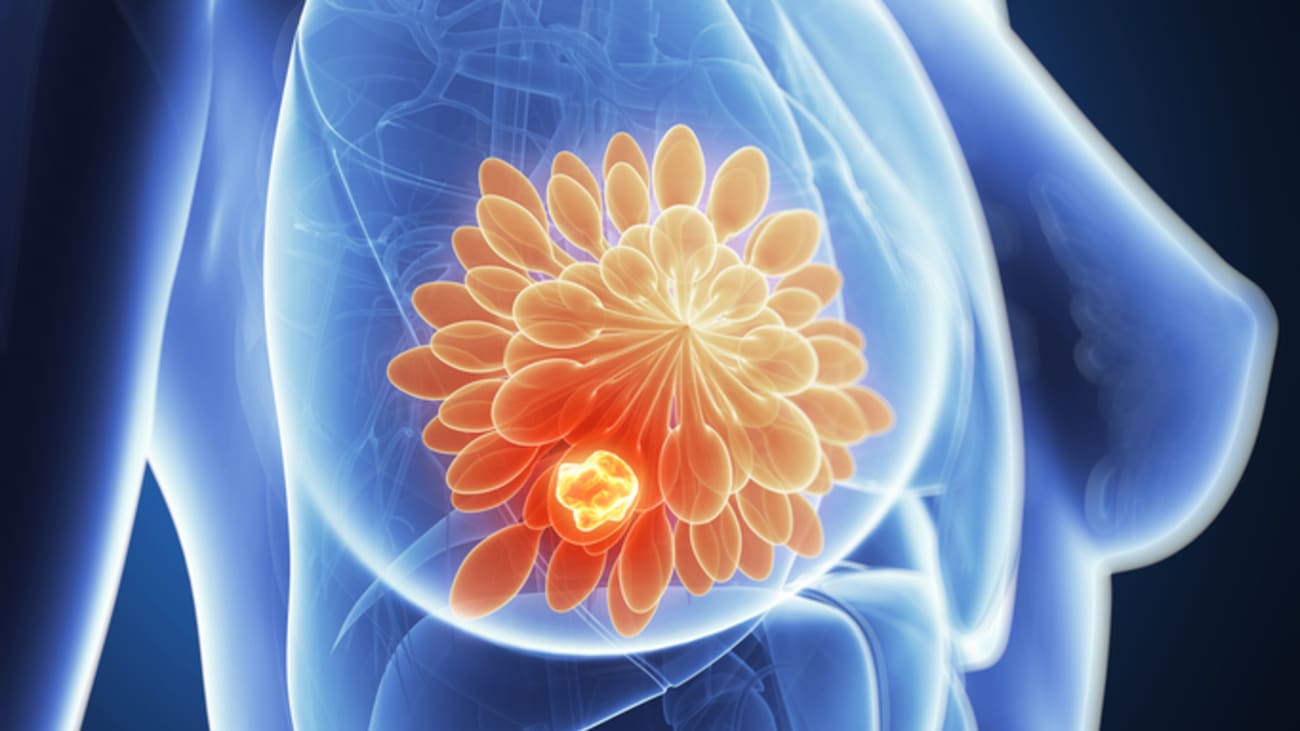

The management of ipsilateral breast tumor recurrence has long presented oncologists with a difficult clinical scenario. When breast cancer returns in a previously treated breast, the standard approach has been salvage mastectomy. The recently launched BRASIL trial (NCT06867484) aims to challenge this paradigm by investigating whether carefully selected patients can safely undergo repeat breast conservation with partial re-irradiation.
The trial, titled the Breast Re-irradiation After Second Ipsilateral Lumpectomy (BRASIL) trial, is being undertaken at Lynn Cancer Institute and Miami Cancer Institute, which comprise Baptist Health Cancer Care. It recently launched and will follow participants for five years.
“This approach can help patients avoid mastectomies, which are associated with greater physical side effects and often significant psychological impacts,” says radiation oncologist Youssef Zeidan, M.D., Ph.D., the study’s principal investigator and a breast cancer specialist a Lynn Cancer Institute, based at Boca Raton Regional Hospital. “This trial will have major implications on our breast cancer population, offering patients a second chance for breast conservation.”
For decades, the oncology community has approached breast re-irradiation with considerable caution. The 4-10% of patients who develop ipsilateral recurrence following initial breast-conserving therapy have traditionally been counseled that mastectomy represents their most viable treatment option. This conservative approach stemmed from legitimate concerns about cumulative radiation toxicity, including cardiac complications, pulmonary fibrosis and severe cosmetic concerns.
However, modern radiation technology has fundamentally altered the risk-benefit equation. Intensity-modulated radiation therapy (IMRT) now enables precise dose sculpting that was unimaginable when current treatment algorithms were established. IMRT utilizes detailed imaging techniques, such as 3D CT scans, to meticulously map the tumor’s location, size and shape, allowing experts to design radiation beams that precisely conform to the tumor’s contours. The intensity of each beam is then carefully adjusted, enabling the delivery of higher doses to areas that require more aggressive treatment, while simultaneously reducing the dose to nearby critical structures.
“Re-irradiating the same breast was once considered too risky, but new technology is making it safer,” says radiation oncologist Joseph Panoff, M.D., who is overseeing the trial at Miami Cancer Institute. “Patient selection is key; not everyone will qualify based on tumor biology, breast size, or prior treatment."
The BRASIL trial represents a significant collaborative effort between Lynn Cancer Institute and Miami Cancer Institute, leveraging the combined expertise of Baptist Health Cancer Care, the largest cancer program in South Florida. The trial is being sponsored through donor support to Boca Raton Regional Hospital Foundation.
The study will track any adverse effects of additional radiation treatment, as well as local recurrence-free survival, any distant metastasis and overall survival compared to mastectomy. Participants in the trial must be at least 40 years old and have a diagnosis of ER-positive, HER2-negative breast cancer, among other requirements.
“Partial breast re-irradiation is an evolving area of research for recurrent breast cancer as we actively explore its potential to improve outcomes and minimize toxicity in patients,” Dr. Panoff says. But, he notes, “IMRT is a complex treatment that requires careful planning by a specialized team to ensure accurate targeting and dose delivery while minimizing damage to healthy tissues.”
The broader implications of this research extend beyond the specific patient population being studied. As breast cancer survival rates continue to improve, quality of life considerations become increasingly paramount in treatment decision-making.
“While mastectomy remains necessary in many cases of breast cancer recurrence, advances in surgical, diagnostic and therapeutic techniques have significantly changed the clinical landscape, offering some patients a second chance at breast conservation,” says Dr. Zeidan, who is serving on a committee of the American Society for Radiation Oncology to update national breast cancer radiation guidelines.

